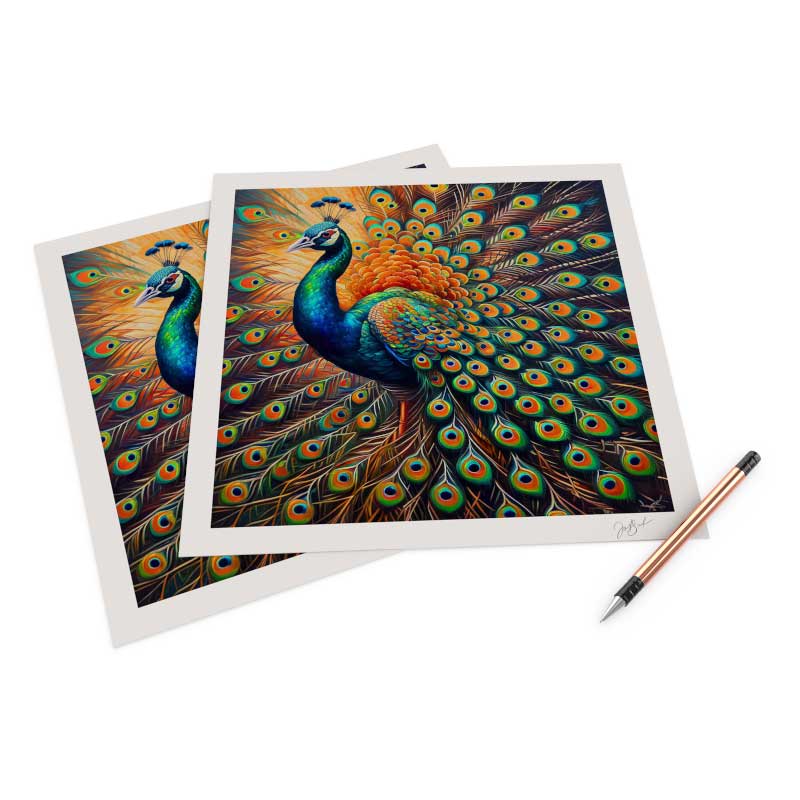A common question among artists using FinerWorks is whether the inks we use are archival. Since we print primarily on fine art papers, I’ll focus on the inks used for those prints.
We currently use Canon Lucia Inks for our fine art papers, as our printers are Canon-based. Similarly, Epson Ultrachrome Inks are the go-to for Epson printers. Both ink sets are widely respected in the industry and have consistently proven their quality. Most photographers and artists I’ve spoken with consider them to be on par with each other, and from extensive experience with both, I would agree that whether you’re reproducing a painting or printing a black-and-white photograph, neither brand holds a clear advantage over the other.
Both Lucia and Ultrachrome inks are called pigment-based, meaning they contain finely ground solid particles suspended in a liquid (water). This formulation is key to their longevity, offering superior color stability and resistance to fading over time.
Canon states that Lucia inks meet archival standards, boasting up to 60 years of light fastness, 60 years of gas fastness, and up to 200 years of album life. Epson’s Ultrachrome inks offer similar longevity.
The Role of Archival Media
Archival-quality printing isn’t just about the inks. The choice of paper is just as important. To truly qualify as archival, a paper should be both acid-free and made from durable fibers like cotton rag or high-grade wood pulp (alpha-cellulose). Some purists argue that archival paper shouldn’t contain optical brightening agents (OBAs), as these additives have historically faded over time. However, modern OBAs used in fine art printing have significantly improved, making them far more stable than in the past.
Water Resistance and Ink Protection
Another point worth addressing is the claim that archival inks are water resistant. While this is true, it doesn’t mean a print should be exposed to excessive moisture. For instance, if you plan to display a print in a humid environment like a bathroom, ensure the back of the frame is well-sealed. While the inks may withstand moisture, the paper itself could absorb it, leading to potential damage.
Additionally, while sealing prints is not typically necessary, some fine art papers, such as Hahnemühle Torchon (my personal favorite paper) and William Turner, have an inkjet-receptive coating that is prone to scratching. If not handled carefully, the ink on these papers can flake off. In such cases, applying a protective coating like PremierArt Print Shield or Hahnemühle’s Spray Coating can help preserve the print’s integrity.
Giclee Printing at FinerWorks
One of the largest ranges of paper selections, while using the highest level of archival print technology allowing superior detail and color, you can create custom giclee prints of your artwork and photos.

